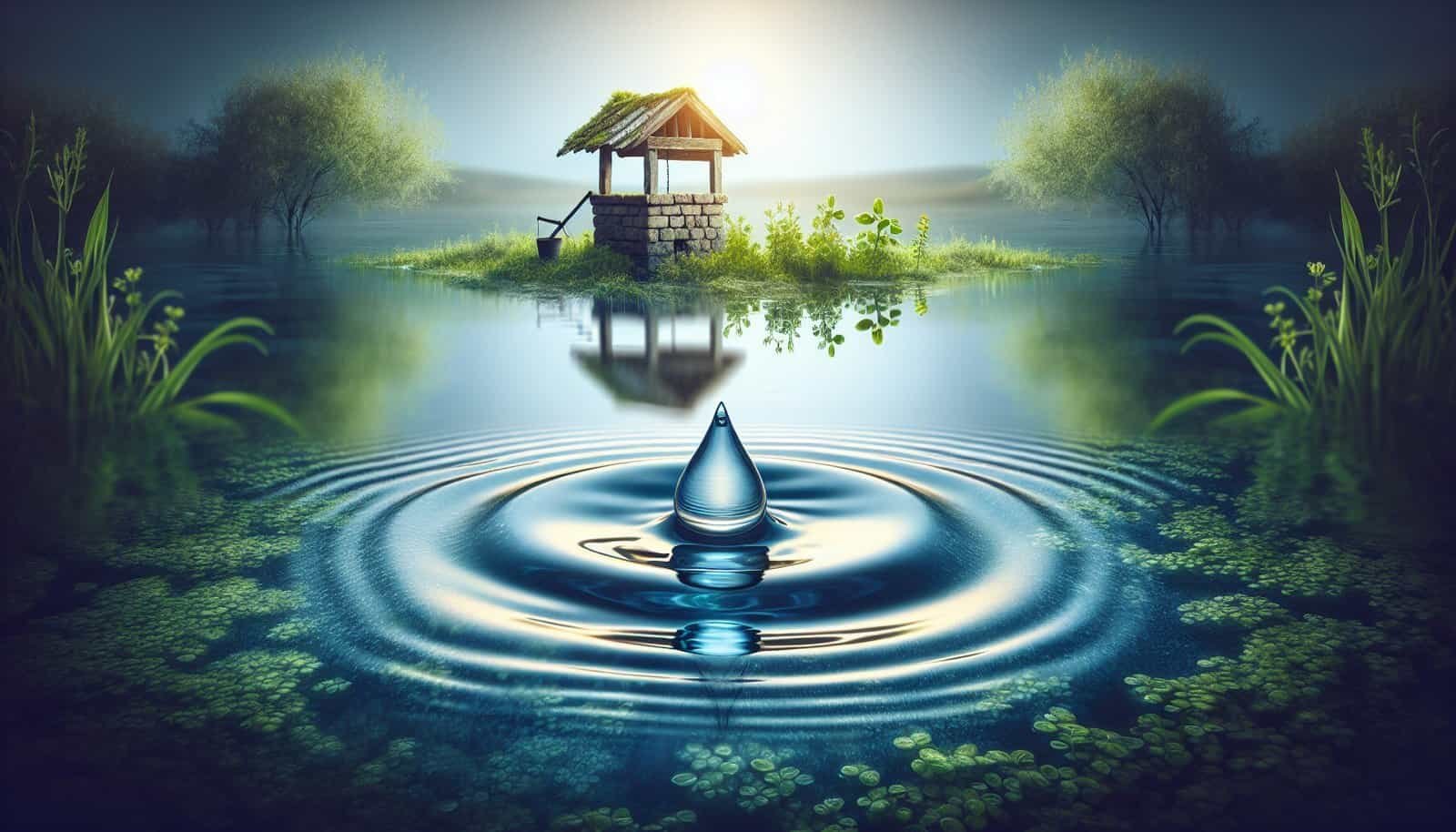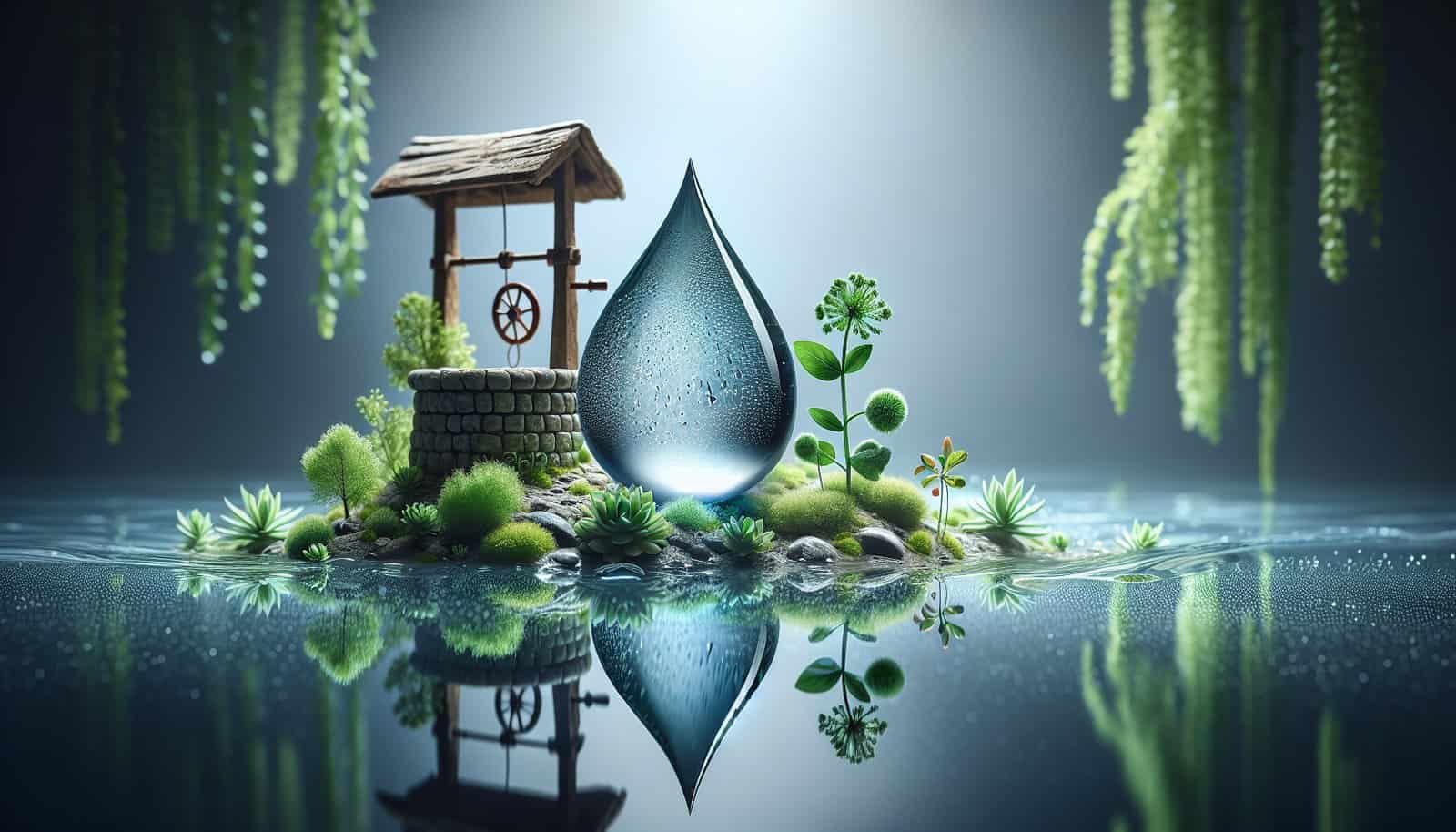Have you ever found yourself pondering the safety of your well water after a flood or contamination incident? You’re not alone. Ensuring your well water is safe to use is crucial, especially after such events, as they can significantly affect water quality and pose health risks. This guide will walk you through the entire process of disinfecting your well effectively. Let’s embark on this journey towards ensuring the safety of your drinking water.
Understanding the Impact of Floods on Well Water
Floods are natural events that can infiltrate your well with contaminants. Let’s look at how this happens and why it’s important to address it promptly.
The Nature of Contamination
Floodwaters often contain various contaminants, including bacteria, viruses, and chemicals. They can easily enter your well system, particularly if the well head is not securely sealed. Contaminants can alter the taste, smell, and safety of your water, making it imperative to take action without delay.
Potential Health Risks
Contaminated water can pose several health hazards. Consuming water with harmful bacteria or chemicals may lead to gastrointestinal issues and other health problems. It’s essential to understand these risks and act to mitigate them effectively.

Preparation for Disinfection
Before you start the disinfection process, there are some preparatory steps you need to undertake to ensure safety and efficacy.
Safety Precautions
Your safety should always come first when handling potential contaminants and disinfectants like chlorine. Make sure to wear protective gear such as gloves and goggles. Ventilate the area well if you’re working indoors or in a confined space.
Gather Necessary Supplies
To disinfect your well, you’ll need several essential supplies. Here’s a basic checklist to help you gather everything you need:
| Supplies Needed | Purpose |
|---|---|
| Unscented Bleach | Disinfecting agent |
| Clean Bucket | Mixing solutions |
| Rubber Gloves | Hand protection |
| Safety Goggles | Eye protection |
| Garden Hose | Rinsing and cleaning |
| Measuring Cup | Accurate measurement of bleach |
Test Your Water
Before starting the disinfection process, it’s crucial to test your water for contaminants. Water testing kits can be purchased online or at local hardware stores. If preferred, you can also send a sample to a certified laboratory for a more detailed analysis.

Step-by-Step Disinfection Process
Now, let’s dive into the detailed process of disinfecting your well to ensure it is free from contaminants and safe for use.
Step 1: Assess the Situation
Begin by checking the physical condition of your well. Ensure there are no structural issues that could complicate the disinfection process. Look for cracks or damage in the well cap or casing that floodwaters may have exacerbated.
Step 2: Turn Off and Drain Your Well System
Turn off any power sources connected to the well before starting. Drain the system as much as possible to ensure that contaminated water is removed before you start the disinfection process.
Step 3: Calculate the Volume of Water in the Well
Knowing the volume of water in your well is vital for determining the correct amount of disinfectant needed. This can typically be calculated using the depth and diameter of your well.
Step 4: Add Chlorine to the Well
Using the measurements obtained, add the correct amount of unscented bleach or chlorine to disinfect the well water. Carefully mix the solution and ensure that it reaches all parts of the well by circulating it through the system using your garden hose. Leave the chlorine to act on the water for several hours, ideally overnight.
Step 5: Flush the System
Once the chlorine has sat in the system for the recommended time, begin flushing it out. Use the garden hose to run water until the chlorine odor is no longer detectable. Ensure all faucets, hoses, and connected systems are flushed thoroughly.
Step 6: Retest the Water
After the system has been flushed, retest the water to confirm the absence of contaminants. If contaminants are still present, you may need to repeat the disinfection process or consult with a professional for further advice.

Post-Disinfection Maintenance
Ensuring the long-term safety and maintenance of your well after disinfection is critical. Here are steps to keep your well in pristine condition.
Regular Monitoring
Regularly testing your water even after disinfection will help maintain its quality. Consider setting a schedule for periodic testing based on guidance from local health departments.
Structural Inspection
Check your well casing and cap periodically to ensure they are intact and secure. Address any physical damage immediately to prevent future contamination risks.

When to Call in the Experts
There are circumstances when it might be wiser to consult with professionals. If multiple disinfection attempts fail or if there are structural issues with the well, professional intervention may be necessary to ensure both efficacy and safety.
Benefits of Professional Assistance
Professionals possess the equipment and expertise to handle complex contamination cases and can better ensure that your well is properly disinfected. They may also identify potential issues you might not have noticed.
Cost Considerations
Though hiring professionals can be costly, it is often a worthwhile investment for the safety and reassurance it provides. Always weigh the pros and cons based on your specific situation.

Conclusion
Disinfecting your well following a flood or contamination event is a crucial step in ensuring the safety of your water supply. By following this guide, understanding the risks, and knowing when to seek additional help, you can effectively protect your family and home from potential hazards. Your well-being is paramount, and taking these steps will provide peace of mind knowing that your water is safe for consumption.
